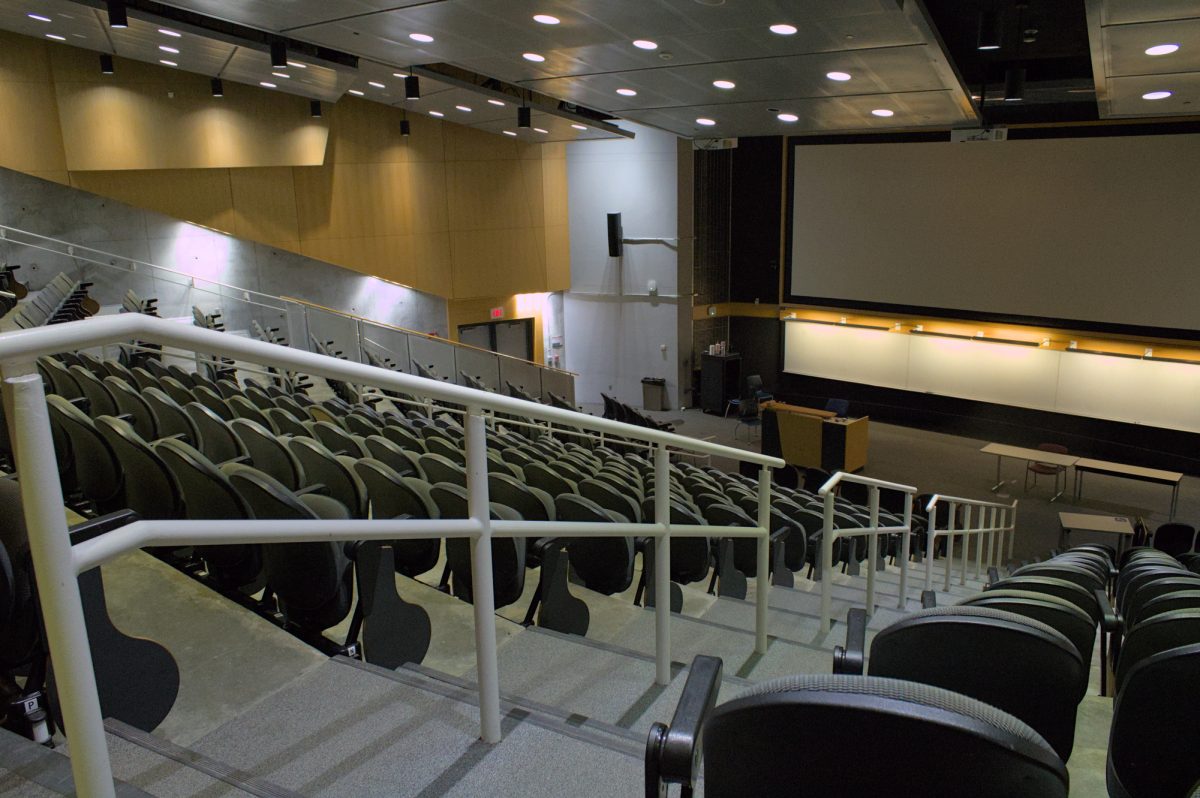Dining centers forced to use paper
September 7, 1998
The closing of Maple Hall may have farther-reaching effects than just overcrowding in the dorms.
Maple-Willow-Larch and Oak-Elm dining centers were each short more than 30 workers at the beginning of the semester, which forced the centers to use paper products instead of china.
Both dining centers are now only short about 10 workers, but Oak-Elm continues to rely completely on paper products and MWL uses only some china.
“We’ve never had a meal where we used only paper products,” said Julie Peters, student manager of MWL dining center. “Right now we are only using paper plates on the serving line. There is the regular china on the salad bar, and we are using regular cups.”
Marvel Snyder, manager of MWL dining center, said most breakfasts are served completely on china.
Peters said she attributes the lack of food-service workers in MWL dining center to the closing of Maple Hall.
“A majority of our workers last year came from Maple, but many of them moved off campus or transferred to Oak-Elm when Maple closed,” Peters said.
Pam Voelkers, manager of Oak-Elm dining center, disagreed. She said she thinks many of the residents who left Maple Hall were upperclassmen and already had other jobs.
A high turnover rate has caused problems for the Oak-Elm dining center, Voelkers said.
“We sometimes have three people quit a day,” Voelkers said.
Friley, Linden, Knapp-Storms and Wallace-Wilson dining centers have not had to use paper products because they have enough food-service workers.
Mary Ellen Metzger, manager of Linden dining center, said paper plates were used at the dining center Aug. 21 only because of a dishwasher repair.
With 2,000 meals served a day at Oak-Elm and 1,900 meals at MWL, the centers are going through a lot of paper. If every student uses a paper plate, two paper bowls, a set of silverware and two paper cups, almost 16,000 paper products are being disposed of daily.
“The waste is not just being thrown away,” Voelkers said. “The City of Ames takes all the trash and burns it for energy.”
Laurent Hodges, professor of physics, said the effect on the environment is not as great as it could be because the city burns all the paper products.
Hodges said any time something is burned, particulate matter and carbon dioxide are dispersed into the air.
“If we were in a town like Des Moines, where paper products are thrown into a landfill, this waste would cause a big problem,” Hodges said. “But because Ames is burning their paper waste, and in the process conserving a non-renewable resource — coal — it actually isn’t harming the environment as much as some people think.
“I am sure the city of Ames wished its residents used more paper products,” Hodges said. “Burning paper products is saving them money.”
Voelkers said she hopes Oak-Elm dining center will be using china by the end of this week.
“It really isn’t cost efficient for us either,” Voelkers said. “We are spending $3,000 dollars a day on these [paper] products.”
In addition to spending money on the products, Voelkers said Dining Services also had to get another dumpster and get the trash picked up an extra time each week.
“If we didn’t have to be on paper, we wouldn’t be,” Voelkers said.






